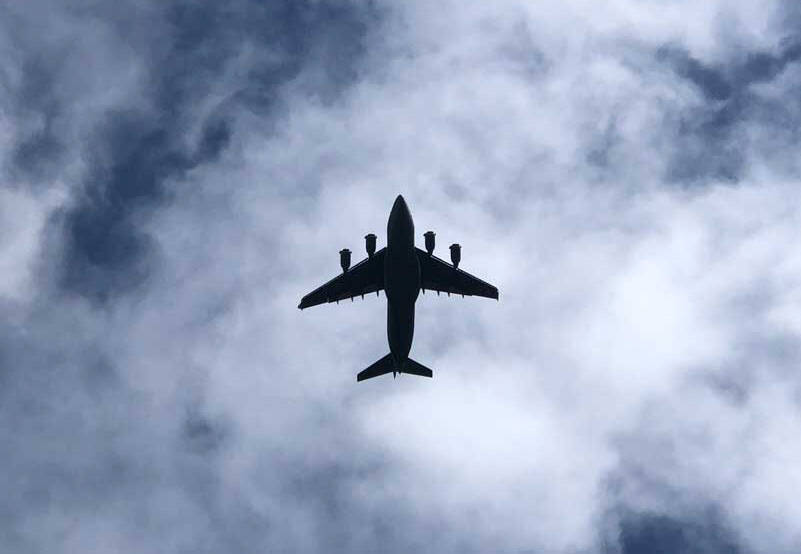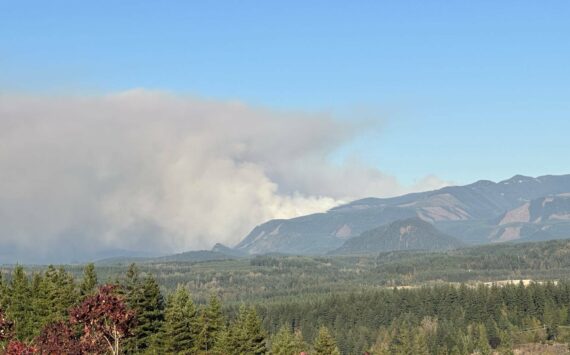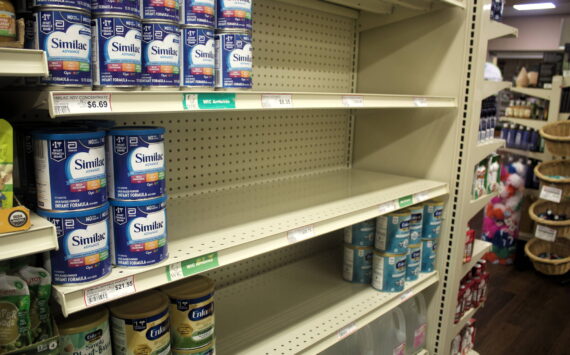By Morf Morford, Tacoma Daily Index
Want to buy a slightly used school?
In the greater Tacoma area, three large controversies emerged where we least expected them; Parkland, South Tacoma and out-lying areas of Pierce County.
The Parkland School (on Pacific Avenue and about South 121st) was slated for demolition to make way for student housing.
Owned by PLU, the historic building is one of the few, if only, buildings from that era (circa 1908) still standing in Parkland.
A few local groups (and a few dedicated individuals) have attempted to buy and “creatively re-use” the building – or at least save it from destruction.
What the best use might be for that building is still in play, but, at this point, just saving the building is the first priority for most of the neighbors.
And if you thought arguing over the preservation of a historic school building got some passions roiling, consider the reaction to proposals of a new warehouse complex. Or airport.
100 acres of warehouses?
You may have noticed that big open space on the south side of TPU (S 35th & Union), east of S Tyler, west of South Tacoma Way, and north of S 56th.
It was purchased in 2021 by Chicago-based Bridge Industrial and the permits for a 2.5 million square foot warehouse complex that will pave over 125 acres of abandoned grassland, forest, and wetlands have been working their way through the City of Tacoma Planning and Development Services office for much of the year.
You can follow official progress of this project here – search land use permit number LU21-0125.
Some of those who object to the warehouse project suggest other uses, from much-needed green space to a homeless alternative housing community.
Others object to the destruction of what is currently the South Tacoma aquifer, part of the South Tacoma Groundwater protection area.
Some describe the land as abandoned, while some describe it as polluted and laden with heavy metals from previous industrial use. Others describe it as the last area available for local urban wildlife.
It is arguably all those things. If not more.
The warehouse project is portrayed as a source of jobs – and transit. With a minimum of 5,000 vehicle trips on a daily basis.
This particular site is not alone; a total of 15 million square feet of warehouses are being proposed in Pierce County. Some of these are already under construction.
As a long time Tacoma area resident, I have to ask the obvious question; is this who we are?
One of the prevailing themes of many, if not all of us, who write about Tacoma and Pierce County is how unique we are geographically, geologically, historically and culturally.
Between mountains and sea, with shipping and rail lines connecting us to global markets, we offer, and inhabit, a scenic, lush and productive landscape and set of waterways.
If there is anything warehouses are not, it is unique. They are big box stores without the stores.
We in Pierce County already have massive warehouse blocs (in Lakewood, Dupont, Fife and Sumner to name a few).
The question for any use of land should be “Is this the highest and best use of this site?”
I’m no expert in warehouse potential or their economic repercussions, but when advocates say that they produce “jobs”, I have to ask what kind of jobs.
Most recently constructed warehouses are borderline fully automated, with perhaps a security guard or two.
To put it simply, a warehouse could be anywhere.
There are vast stretches of level, usable land south and outside of Tacoma that could be used for warehouses. But not an airport.
An airport can only go where terrain, weather patterns and existing infrastructure (as in rail lines and highways) intersect.
And, one would presume, where at least some of the neighbors would welcome it.
Hey, buddy, got room for an airport?
If you thought carving out a hundred acres or so for a warehouse project was a challenge, consider the gyrations and public relations nightmare that would emerge when a thousand or more acre site (about 3,000 acres is the preferred size) for an airport is being considered for what had been (and to a large degree, still is) a predominantly rural area – possibly in your neighborhood.
This is no minor expansion of an existing airport. This is a full-blown Sea-Tac sized airport coming to a neighborhood near you. As one commentator put it, this is not just an airport – it’s strip malls, freeways, hotels and prostitutes.
What rural area, after all, doesn’t secretly want to look like the International Boulevard corridor along Sea-Tac Airport?
But whatever any of us might prefer, the need is projected – in 2017, 539,600 metric tons of air cargo were moved through the region’s airports. This is projected to grow to 1,319,300 metric tons per year by 2050.
And when it comes to people, the situation is even worse – the whole region will have capacity for 28.6 million annual enplanements (the number of passengers boarding flights) by 2027 and, if those trends continue, that demand will grow to 55.6 million annual enplanements by 2050.
And if you have been to Sea-Tac lately, you know that growth and crowded terminals are no abstraction: they are a nuisance if not a hazard.
Despite growth plans at Sea-Tac, the airport won’t be able to keep up with the level of trending demand and is expected to reach full capacity in the 2030s.
North of us, residents and businesses of Snohomish and Skagit County are expected to make expanded use of either Paine Field (Everett) or the Bellingham International Airport.
Which means that any serious expansion must be south of Seattle. And that means us.
Any airport in rural Pierce County will, by necessity, be adjacent to, if not directly on top of a major military base. Security, at best, will not be optimum.
And if you think land is at a premium in Pierce County, take a look at the airspace overhead any given day – or time. You can see a live aircraft feed here.
There’s a train for that route
The question, perhaps as always, is this, is the way we have been doing things the best, or even only way, of doing things? France has another answer to airport congestion; trains.
If the idea of a million or so additional people every month over your head makes you a bit nervous, you might consider what France is doing. In short, any flight under 2 1/2 hours will be replaced by a high speed rail connection.
If we could connect with cities approximately within that time window, flights to Portland, Oregon, Vancouver, BC or Spokane and other areas could be replaced by rail, saving time and money for all of us.
You can see details here on the French proposal here.
When it comes to a Pierce Couny expansion of air travel, the Commercial Aviation Coordinating Commission must deliver a final recommendation by February 15, 2023.





